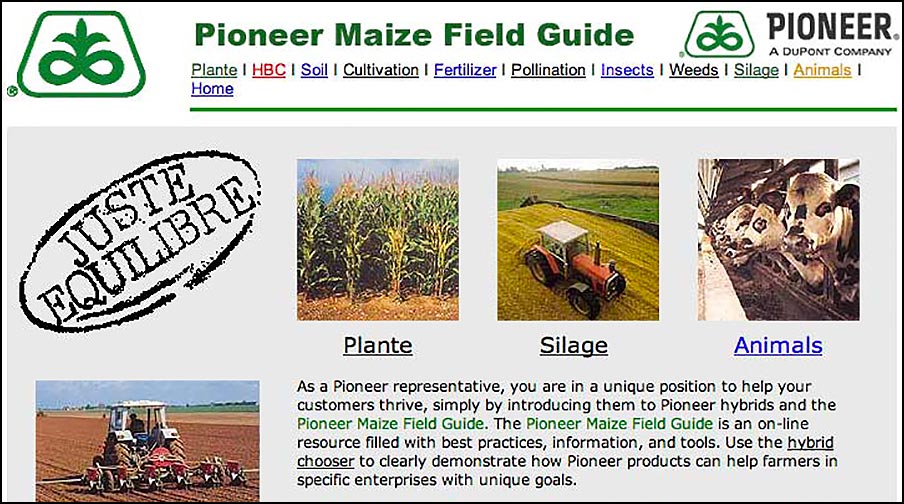Helping Farmers in Developing Nations Thrive
It began in 1983 when Lee Snyder produced a meeting in Bangkok for Pioneer Hi-Bred.
The idea was to reach out to independent farmers in developing nations with tools and resources that would improve their productivity.
I developed a web-based field guide for African farmers. Pioneer Field Representatives could use the guide to help farmers figure out how to improve productivity. Pioneer could identify the best seeds for planting and offer them at a discount.
The Field Guide was a website connected with Pioneer’s data. Representatives placed orders the next time they were connected to the internet.
With the blessings of Tanzania’s Prime Minister, we were ready to launch a pilot program to increase Maize and milk production with volunteer farmers.
The Whole Story
It began in 1983 when Lee Snyder produced a meeting in Bangkok for Pioneer Hi-Bred. Pioneer invited government officials from every continent to a global summit on agriculture. The idea was to reach out to farmers in developing nations and offer some video tips on how to improve their productivity. Pioneer would begin developing better seeds for the crops these farmers were already growing. When farmers made enough money to invest in their crops the new hybrids and varieties would be ready for them. It was a good idea. We even had the World Health Organization ready to add some health-related information to the curriculum. The cost of distributing information via portable DVI video player defeated the idea. But only for a while.
Pioneer began working with Philippine farmers and together they found a sustainable way for them to earn more. One farmer would grow one hectare (about 2 ½ acres) of maize and store the stalks as silage in a plastic bag in the ground. The silage could sustain the growth of one cow for one year. Even better, the butterfat content of the milk was high enough to sell at the market. Local bankers were willing to use a farmer’s cow as collateral for loans.
This a poster Pioneer used to share the idea. It cost a lot less than video. So it solved one important problem: distribution cost.
A few years later I was hired by Pioneer to develop a web-based field guide for African farmers that could help them grow maize. Field representatives could use the guide to help farmers figure out how to improve productivity. A hybrid chooser enabled farmers to identify what corn seed would work best for them, and Pioneer worked to get the seed to the farmer at a reduced price,
On Easter Sunday, 2003, I was an invited guest of the Prime Minister of Tanzania. We were putting together the final details of a Pioneer-sponsored pilot study. The idea was to introduce the “one cow, one Hectare, one year” strategy to African farmers, work with them to achieve greater success, and then figure out how to expand it. We’d signed up dozens of farmers and were excited about our prospects.
Over a cold Kilimanjaro beer, the Prime Minister blessed the project. I had a corporate sponsor, willing farmers, and the approval of a powerful dignitary.
Here’s a video from my host and Member of Parliament Lazaro Nyalandu’s village at a special event after church. The music on Easter Sunday never sounded better. Here are two more YouTube videos of the service. Video 1 Video 2
A week after arriving back from Tanzania, Pioneer was acquired by DuPont, and the project was de-funded.









